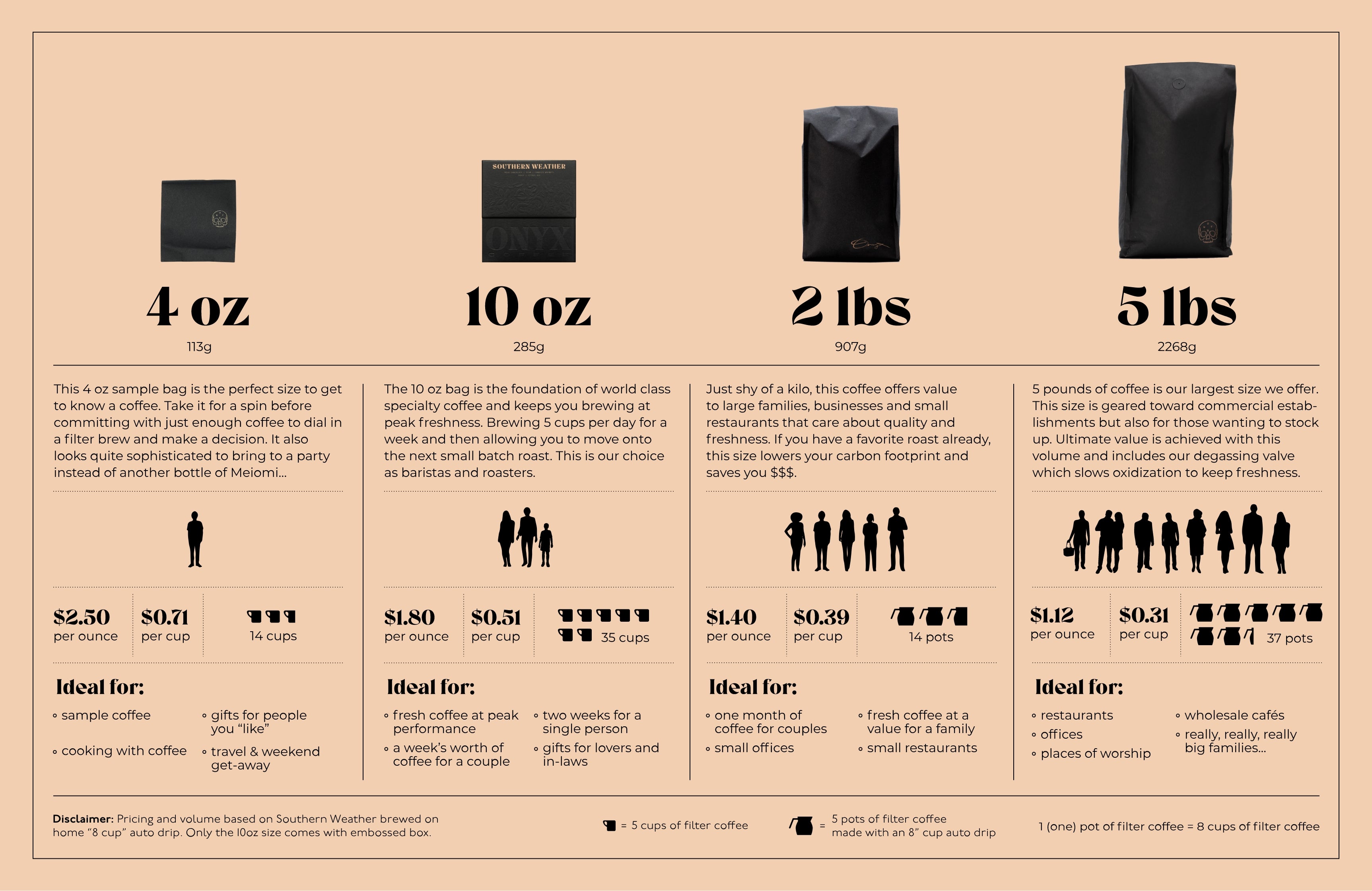Story
SHANTAWENE RELATIONSHIP By Catalyst Trade
“We have worked for several years now with the producers of Shantawene, our first season beginning in 2015. Shantawene village is situated between the village of Bombe and the Bombe mountain. The producers are part of a member organization consisting of 667 producers in various parts of the mountain range, which also include producers from Bombe and Keramo. We’ve worked with this group since before it was officially founded (more on that below). For the last two years, these member producers deliver their coffee cherries to the Bombe site Abore Washing Station for processing to our specifications. We always anticipate every lot from Shantawene each year, as they are to us the quintessential Ethiopian coffee - full of dynamic herbals and sparkling acidity, with articulate fruits. This coffee continues to stand out as a team favorite on the cupping table. Like Keramo, it is a dense coffee, with heaviest concentrations comprising the smaller screen sizes (the majority of the coffee screen sizes at 14 and 15). The larger screen sizes are a treat for the very few roasters who get them. In screens 16 and 17, we find heavy concentrations of fruit juice and lovely tea-like subtleties that the smaller screen sizes tend to hide with heavy handed perfumes.
Prior to the 2017/18 harvest, this producing group delivered coffee cherries to a different washing station nearby, called Shantawene washing station, where we first encountered the coffees and purchased them as mixed lots. Up until the 2017/2018 harvest, all coffees from Bombe, Keramo and Shantawene villages were processed together and sold under the name of Shantawene. We were noticing different cup dynamics from the cherries that came from different areas, and eventually began to isolate coffees by village. This led to the move to Bombe site washing station and getting even more isolation in the lots. For the past couple seasons, all producers we work with from Shantawene, Bombe and Keramo all deliver cherries to the more centralized Bombe site Abore Washing Station.” - Catalyst Trade
LAYERED FERMENTATION WASHED
“Typical processing for washed Ethiopian coffee sees cherries entering the washing station atop donkeys or carried by hand. Usually contained in a plastic bag at this stage, the cherries are weighed with a traditional scale (often painted a rich shade of sea green) and the volume entered against the producer’s name in the washing station’s logbook. The smallholder receives their money, which is used to purchase food and school supplies, and to pay for rent on their huts and small sections of land.
Once the cherries are logged, they are either carried straight to the hoppers or—as we at Catalyst Trade prefer and pay premiums for—dumped into float tanks so that lower-density cherries can surface and be skimmed off for lower grade coffees or local consumption. The higher-density cherries sink to the bottom, displaying their quality by their weight. After this, the remaining cherries are carried in wood-and-wire trays to drying tables to let the water drip off of them and receive careful hand sorting of any visible defects.
At this point, the cherries, their red cheeks glowing with health, are dumped into big cement hoppers where they tumble down into the pulping machines. Here, the seed is separated from the fruit by rough-surfaced pulping disks and then channeled into various density channels and tanks where they start fermentation to loosen the sticky mucilage from the seed.
This is where our Layered Ferment process kicks in and shakes things up. Instead of just filling the fermentation tank with pulped parchment and then covering them with water, we fill the tank partially with a day’s harvest of pulped coffee and leave the water-free parchment to begin fermentation. The next day, we add another batch of pulped coffee, and then on the third day, we add the last layer. Still, without water, the beans ferment for a carefully-timed interval and then are funneled into the washing channels where local filtered, river water pours over them and laborers, often singing songs to stay in sync with each other, scrub them with wooden rakes until the water runs clear.
Finished with the washing, the beans are carried in wood-and-wire trays to draining tables, where the excess water drains away for 6-10 hours. Post-draining, the beans, still in their parchment jackets, are carried to open-air drying tables that are shaded by mesh canopies and they’re laid out to slowly let the sun kiss them and draw out their moisture content. In a step up from usual table materials, the drying beds are made from nylon mesh instead of bamboo weave covered with jute. Once the cherries reach their ideal drying level, they are bagged up and kept carefully separate as they are transported first to a regional processing mill and then to Addis Ababa, Ethiopia’s capital, for final export processing and shipping to the world.”
- Catalyst Trade



